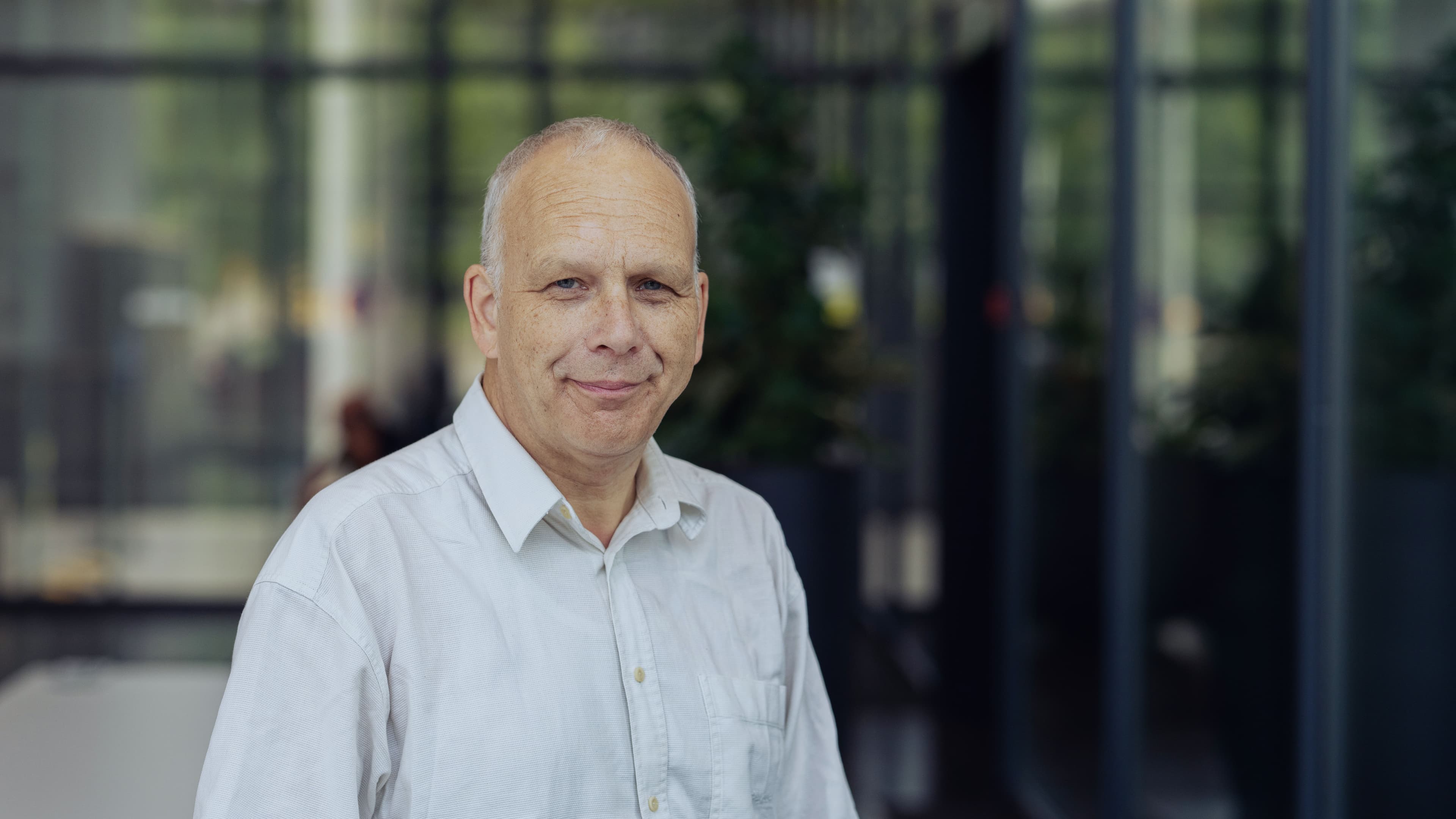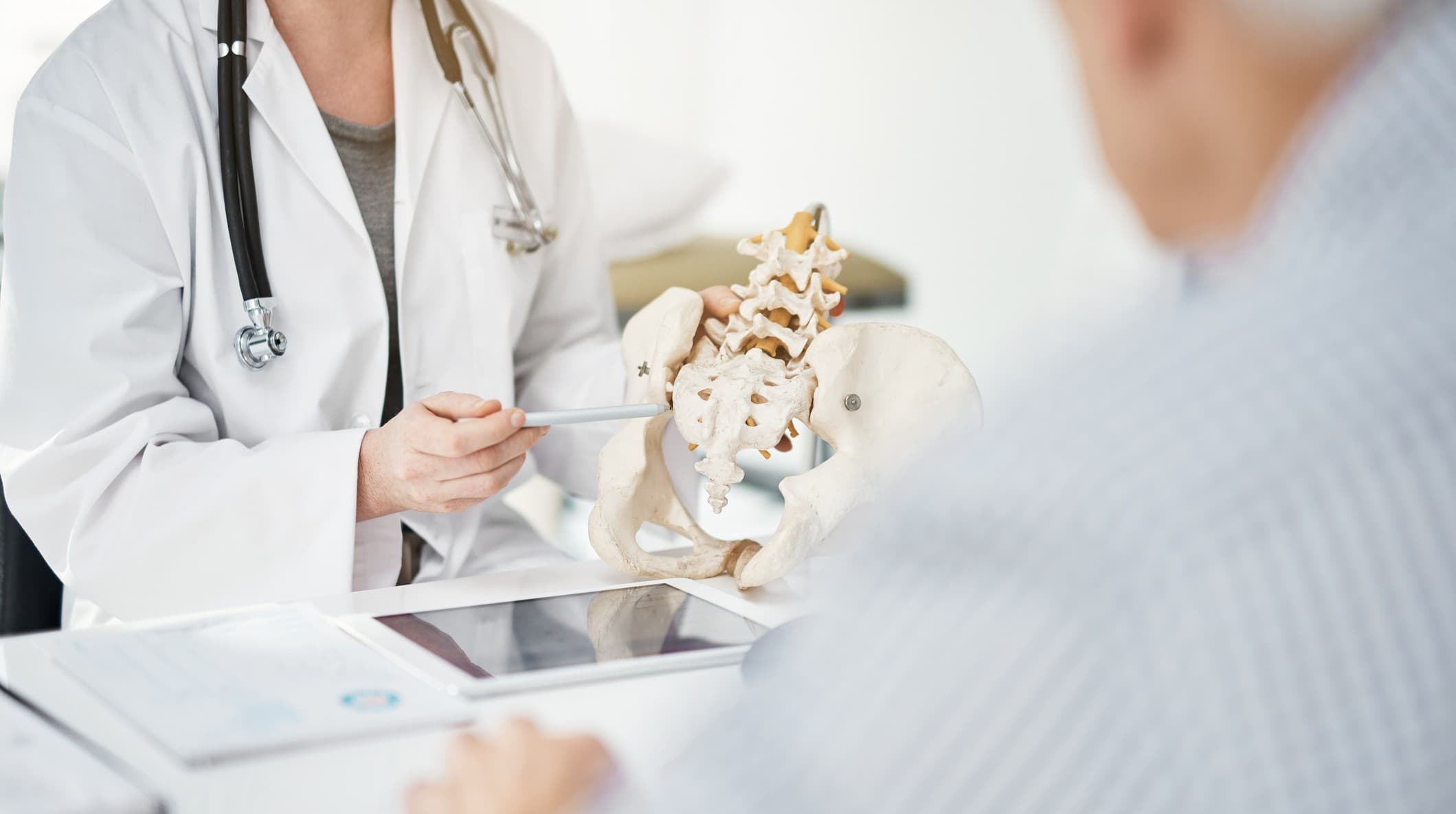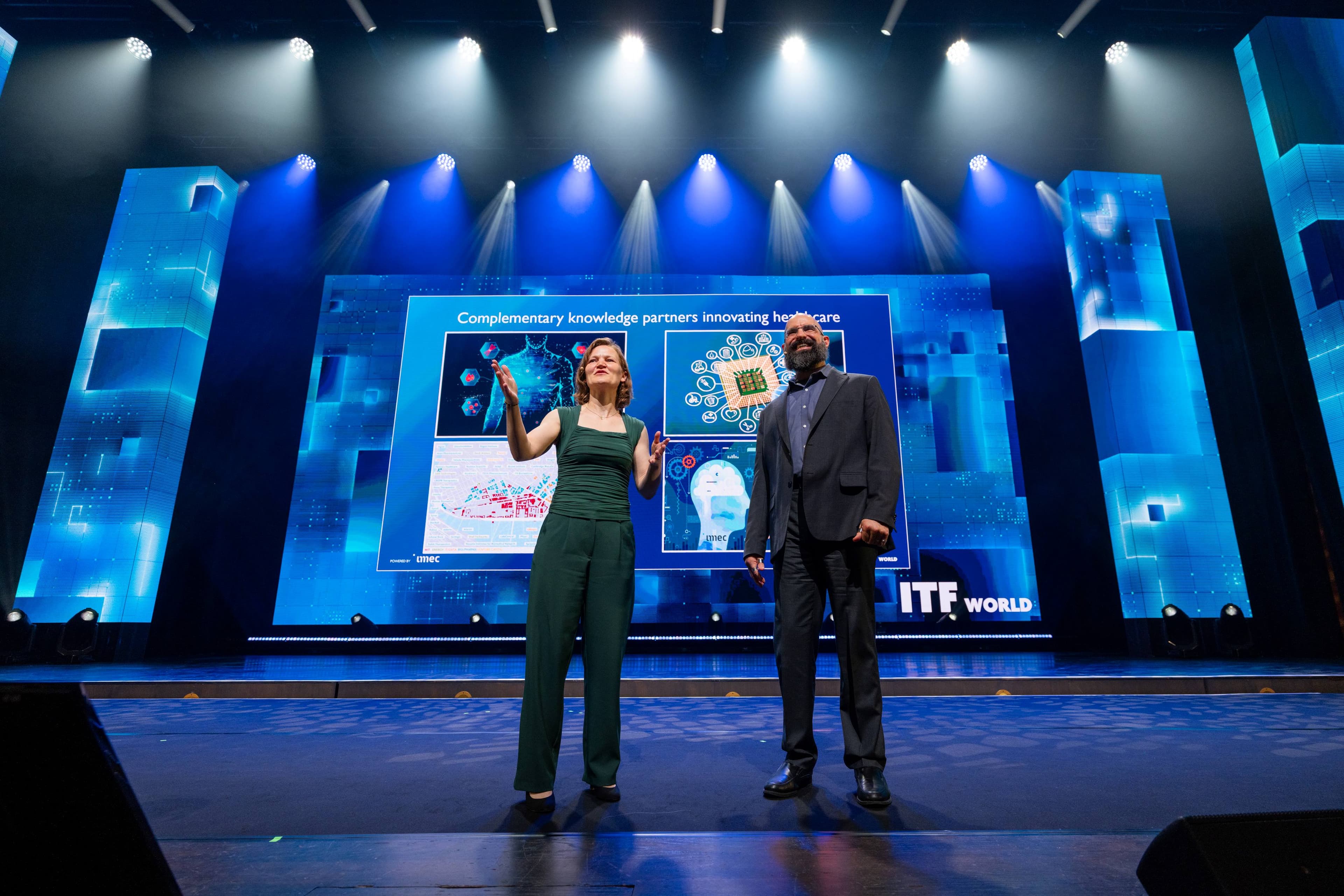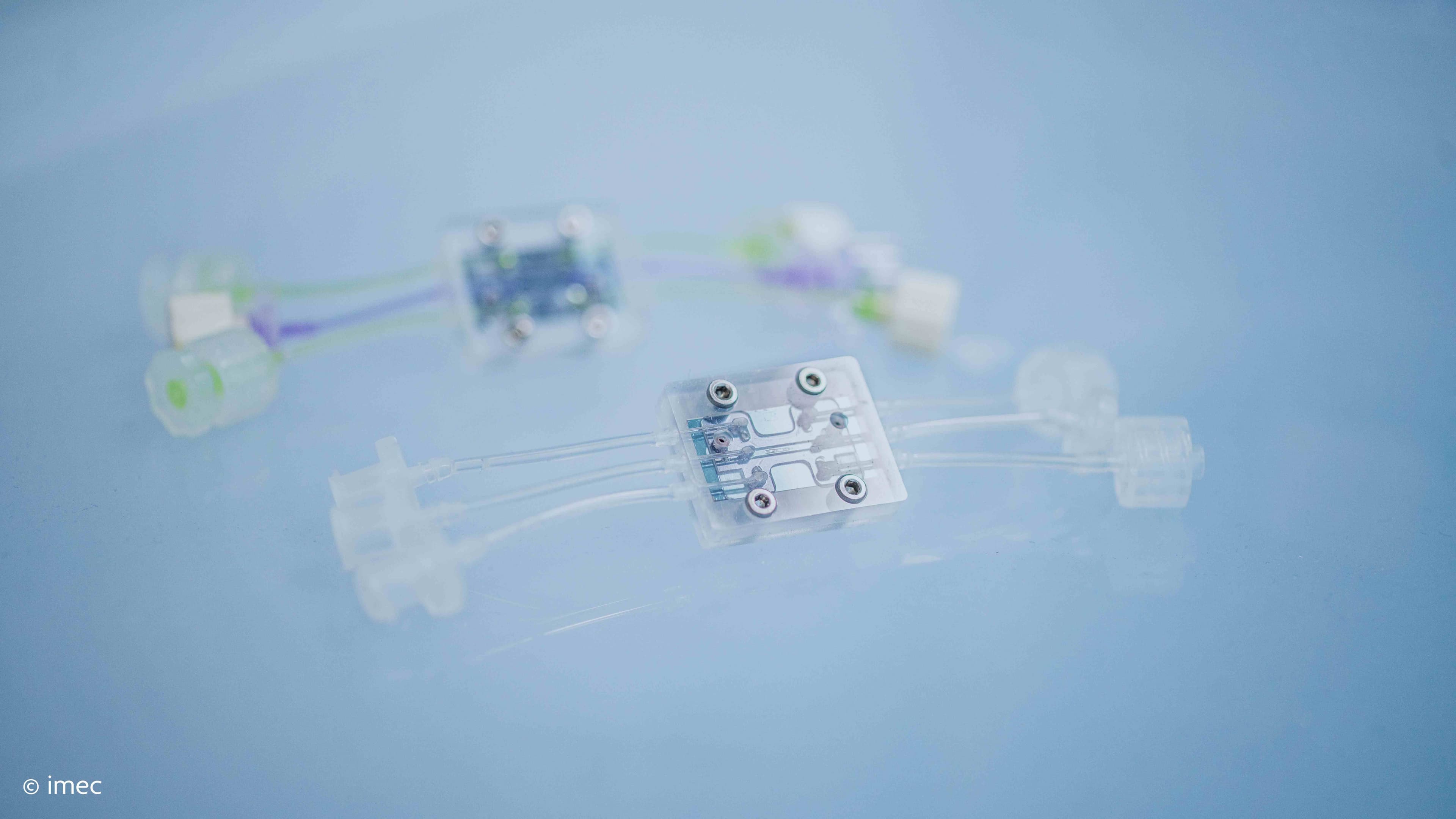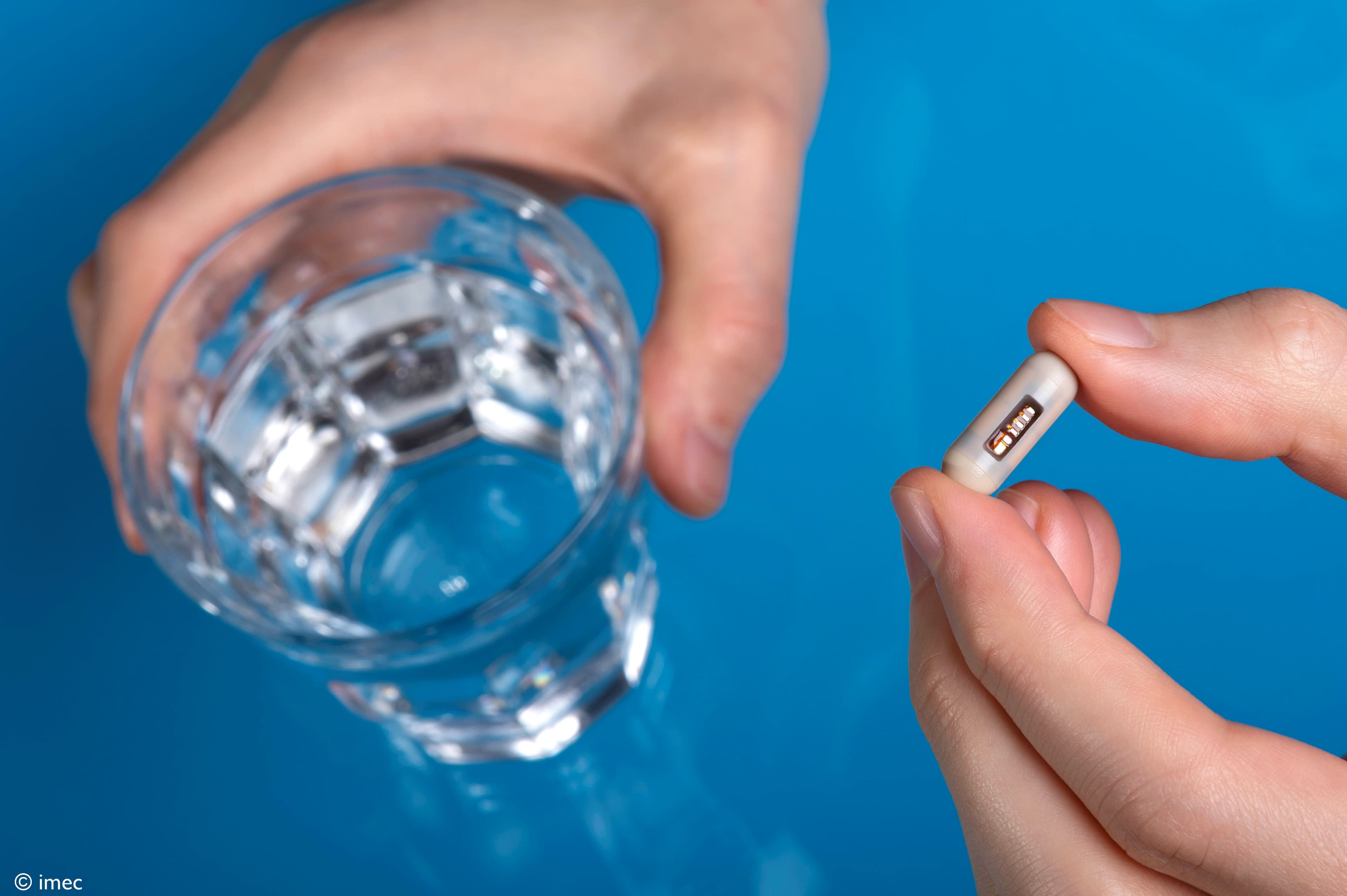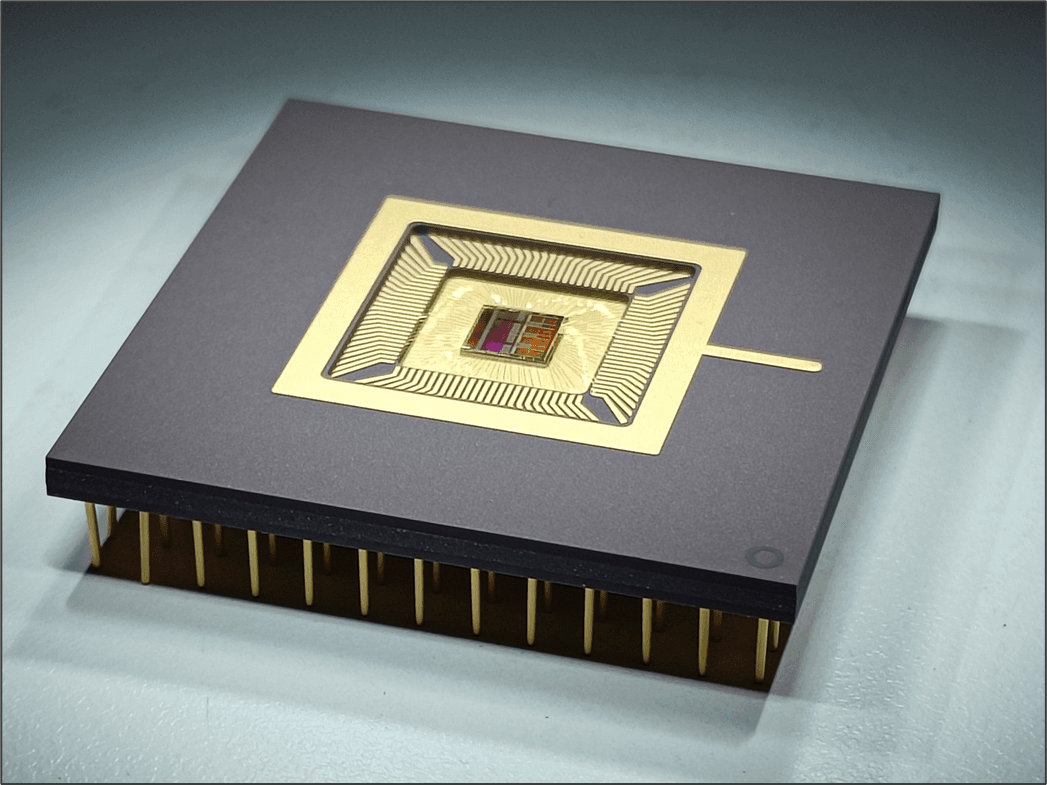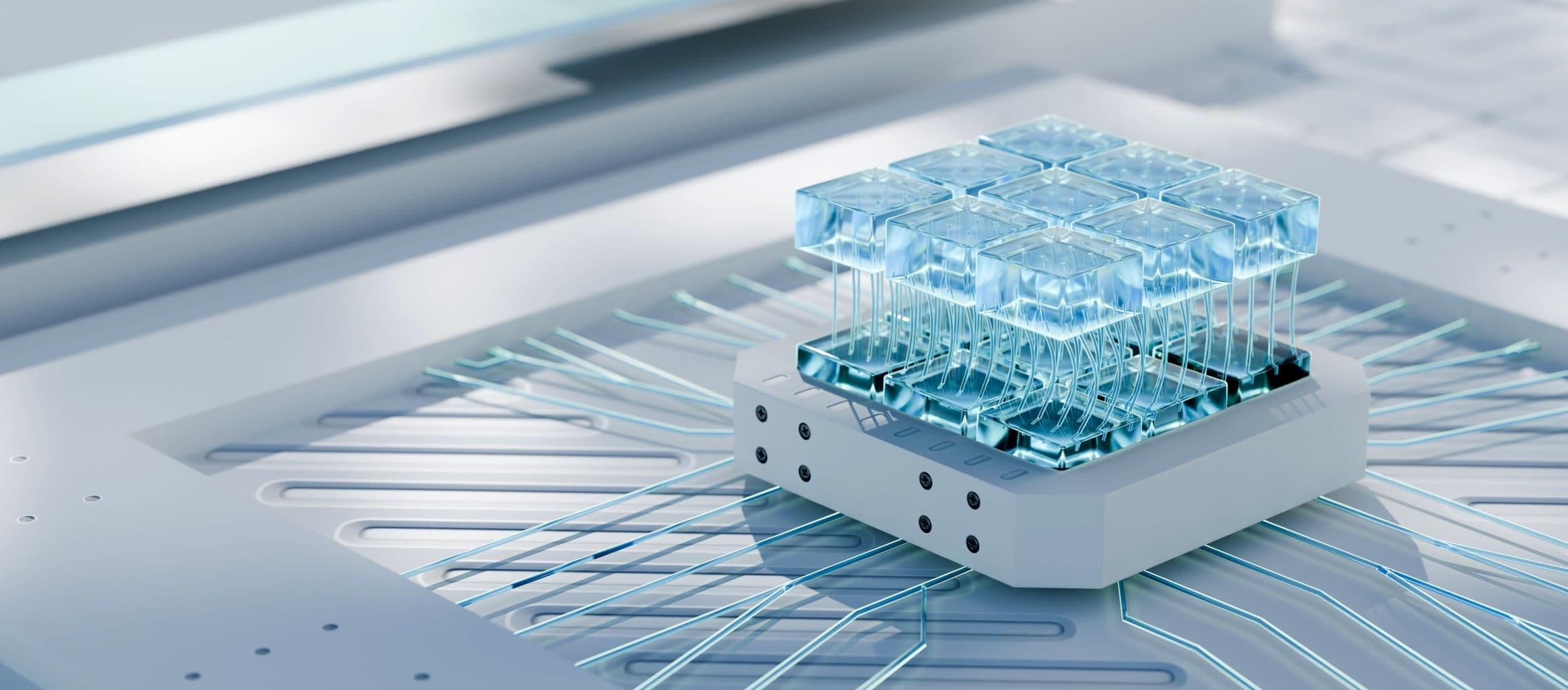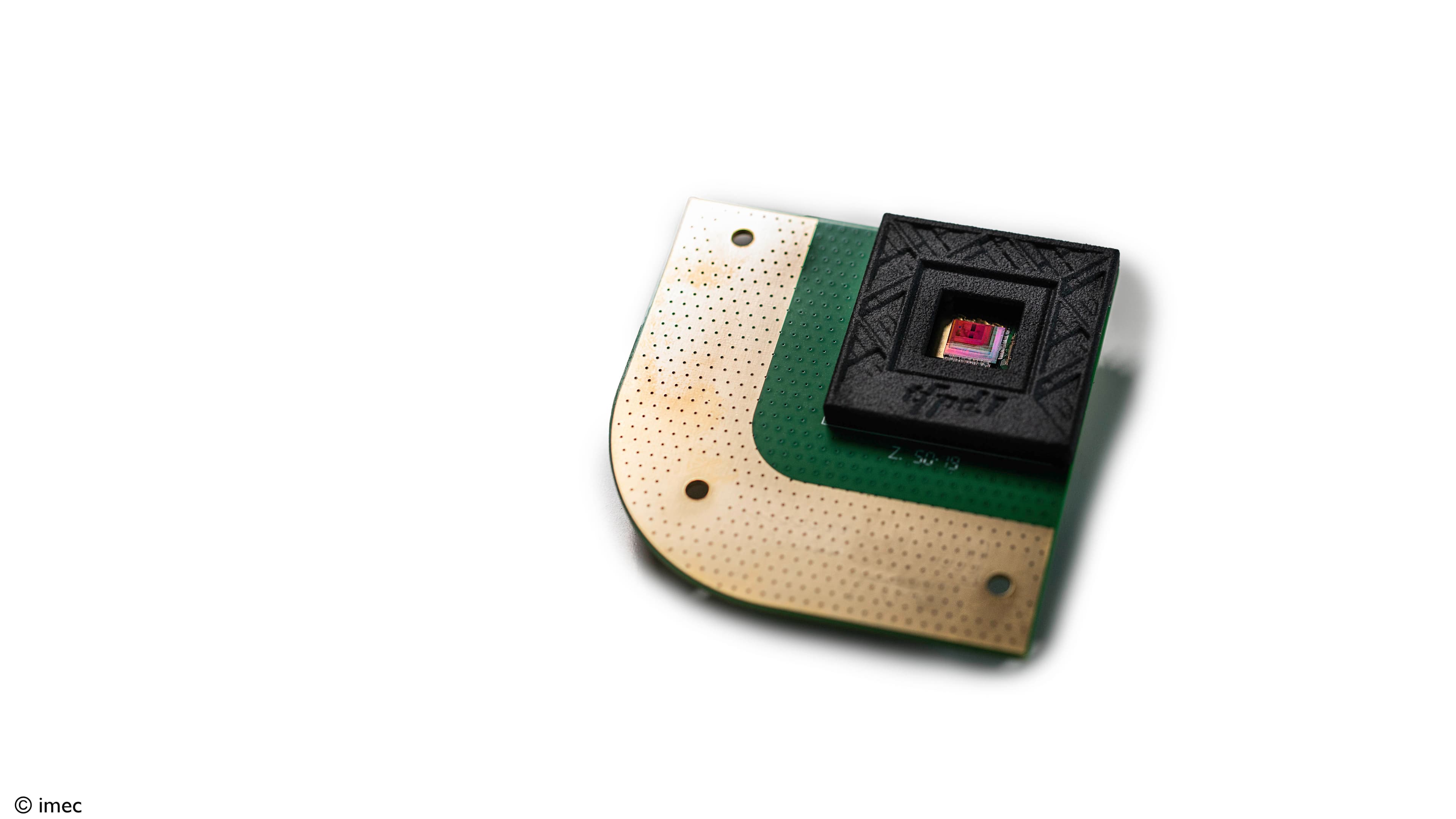Joining forces
“Imec was already established in silicon nanotechnology research and looking to expand their work into health and medical fields. It was decided that research collaborations would be kicked off with JHU’s newly founded Institute for NanoBioTechnology (INBT),” says Tom Fekete, director of corporate partnerships at INBT. INBT’s mission brings JHU experts in nanoscience, engineering and medicine together to tackle challenges in healthcare. The institute forms the bridge between nanotechnology and medicine in JHU and is therefore an ideal stepping stone for a collaboration.
Peter Searson, principal investigator for the IRES program and co-founder of INBT: “Imec and INBT explored several ideas for collaboration and the International Research Experience for Students (IRES) program seemed like a great starting point. IRES is a program funded by the National Science Foundation (NSF) and is meant to provide an international research and cultural experience for American undergraduate and graduate students. However, we wanted to push the program further and we added another layer by having students work on projects of mutual interest.”
Since the program started in 2009, INBT has been sending students every summer to work on microelectronics and nanoelectronics primarily in imec’s life science department. Liesbet Lagae, co-founder and program director of Life Science Technologies in imec: “It was clear from the beginning that if imec wanted to get a foothold in the domain of life sciences, they needed a partnership with a premier medical institution. The student program was a very concrete way of accomplishing that with a win-win for both parties: INBT students are granted access to imec’s infrastructure and technology, while imec receives top students that have a clear medical application in mind.”
An international experience…
Peter Searson: “The first important aspect is to provide students with an international experience since science, technology, engineering, and mathematics (STEM) research has and continues to become an increasing global community. Having work experience outside the US is incredibly helpful to grow as a researcher and have a successful career. Imec is a large international hub for researchers, students, and residents that maximizes the students’ exposure to the multi-cultural community and experience.”
Tom Fekete: “The broader objective of the program is to provide outstanding students an oversees opportunity in research and cultural immersion. What makes the program unique is that we have made it very research focused. At the same time, the program builds and strengthens the scientific relationships between INBT and imec and opens the door for future opportunities.”
Liesbet Lagae: “For us, it is a way to expose ourselves to the current research climate in the American biomedical research groups. We already maintain close relationships with the European medical institutes and are in daily contact with the University Hospital in Leuven. Johns Hopkins is the ideal medical connection to also stay in touch with trends in the American medical world.”
… and so much more
Tom Fekete: “Students get an incredible experience because imec is truly a world-class research and translational organization. It also has a phenomenal atmosphere with topic experts in many fields that run incredibly successful projects. Everyone takes the student projects very seriously and students benefit from dual mentoring with imec and Hopkins experts. They have left the program with more confidence about their skills and knowledge, and a new network of international contacts as they grow as researchers. Additionally, we receive feedback from imec that Hopkins students are independent, have great lab skills, and are self-motivated. Since imec receives students from all over the world, this is incredible to hear and lets INBT know that we are properly preparing students for successful careers.”
Peter Searson: “There are also small components to the program that contribute to the students’ training. For example, students practice different aspects of communication, by contributing to weekly group meetings with their imec team and during the final internship presentation in front of imec’s entire life science division and at INBT. They also write blogs about their experience and in this aspect, they learn how to use social media in a professional way.”
Liesbet Lagae: “Not only the JHU students but also the imec students learn from the summer program by getting exposure to American working practices. One of the most striking examples is that US students are fantastic presenters. They have been trained their whole life to communicate their research in a clear way. Maybe we should prepare students in Belgium in a similar way? Undoubtedly, they learn a lot by observing their American colleagues. It is these differences in the way research is performed and in scientific culture that makes the program an added value for each student, but just as much so for the supervisors.”
Jaynie (left) and Rayyan (right) are 2 of the JHU students spending their summer working in imec’s Life Sciences department.
A fruitful collaboration
Tom Fekete: “One of the most notable collaborations, resulting from the initial approaches through the student program, is a collaborative venture called miDiagnostics between imec and JHU. It combines the technical nanoelectronics expertise at imec with medical research at JHU to create accurate integrated diagnostic devices that enable faster and more efficient healthcare at any point of need. There have also been a number of scientific publications and posters created, along with a few patent applications. We have had successful ongoing relationships with imec and INBT labs such as David Gracias and Peter Searson.”
Liesbet Lagae: “A good relationship with a JHU promoter is vital for valorizing the summer research. Most students are still inexperienced in writing papers. We can help with that, but not without strong support from the American supervisors to write up a complete and coherent story. It was always part of the plan to be more than just a summer program. This is also a program in which supervisors on both sides line up about joint medical or technological projects that would not be feasible otherwise.
A nice illustration of a successful collaboration is a joint project on cancer cells. The Konstantopoulos lab at INBT investigates cancer cell movement in confined microenvironments. However, to image the cell’s movement required use of sophisticated, albeit, expensive and complex, imaging methods. At the same time, imec was creating a compact, lens-free microscope system that fits inside an incubator to track cell movement in real-time. By adding an inexpensive, robust technical solution to a clinical problem, JHU’s experiments could be performed with increased throughput. At the end of the project, the students from both institutions published their results in a paper supported by JHU and imec supervisors. Moreover, the lens-free imaging technique that was validated in the framework of the summer internships is now also used in miDiagnostics.”
The summer internships 2.0
Peter Searson: “Every year we do an exit interview with students and talk with our imec contacts, so there are always minor changes we make to ensure everyone has an enriching experience.”
Tom Fekete: “There are no major plans to alter the internship program, but we would like to have more students and researchers from imec do research and collaborate at INBT. In the past, we already welcomed a few imec PhD researchers to work at INBT under dual supervision. We are also exploring other collaborative research and translational opportunities with imec. With a mutual interest in healthcare, there is a logical collaboration in these areas.”
Liesbet Lagae: “It is still a dream to expand our program beyond the research collaboration and couple it to industry. A collaboration with industrial partners could not only improve future job opportunities for the students, but also allow working on industrially relevant problems and possibly facilitate valorization and uptake afterwards. We still do not have a concrete plan for implementation of such a collaboration yet. One of the possibilities is an industrial mentorship or sponsorship. With a broader base of funds, next to the NSF sponsoring, we could organize more joint projects and mature the existing ones. The question of how to organize such an industrial collaboration in practice will be a challenge for the new organizational team.”
The existing program will continue for the following summers, albeit, with a new team organizing the internship on both sides. Tom Fekete handed over the reins after his retirement to INBT’s new director of corporate partnerships, Luke Thorstenson. He will continue with the summer program on JHU’s and INBT’s side, together with Peter Searson. On imec’s side, Liesbet Lagae has passed on the baton to R&D manager of Life Sciences Dries Braeken.
Meet the summer students 2018
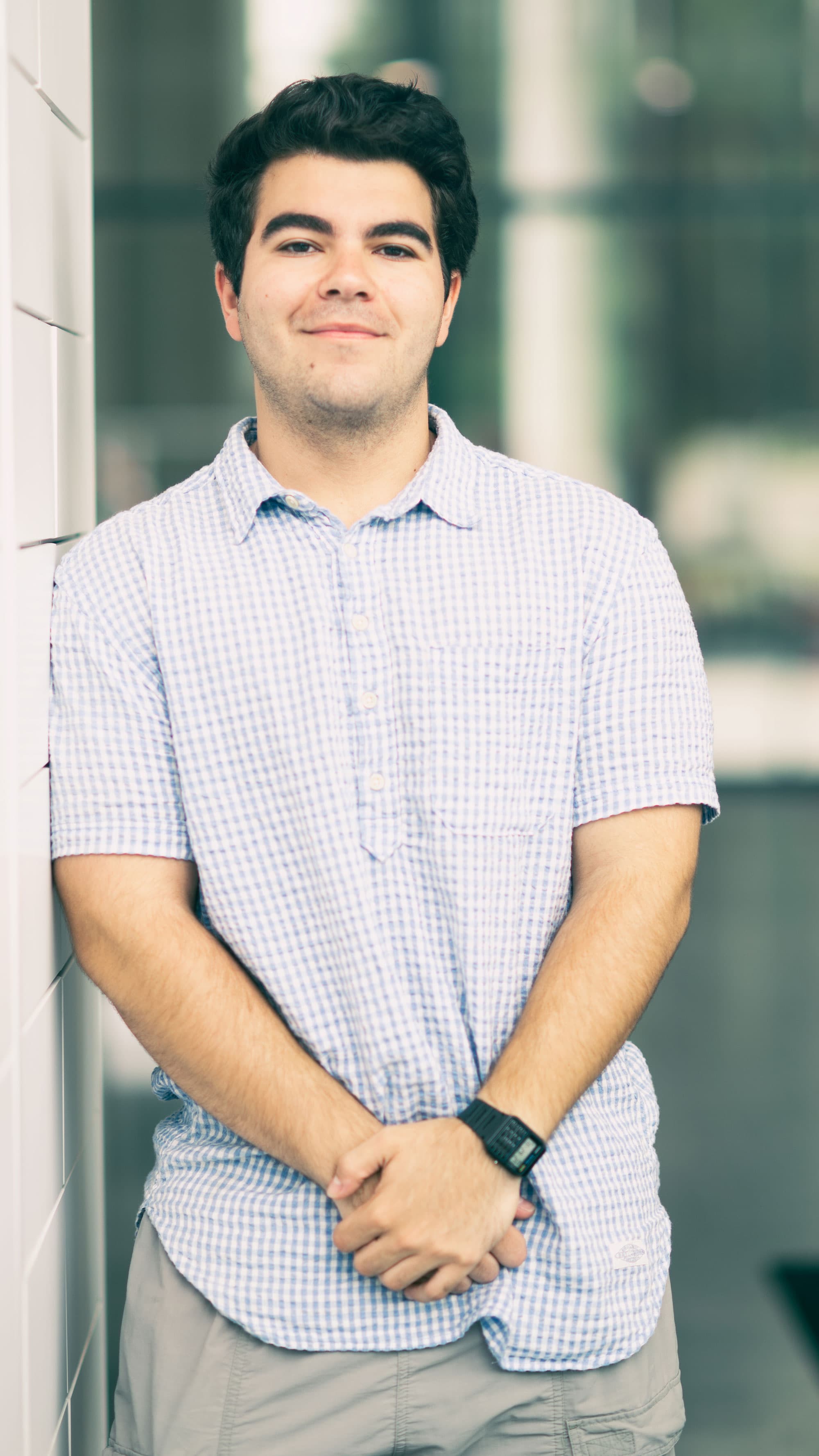
Dante Navarro
Summer project: I am visualizing stress levels from an algorithm that deciphers chill band data in comparison to daily activities such as events, weather and location on an iOS application. The Chill Band is a wireless wrist band able to sense multiple parameters such as stress indicators.
Why did you want to participate in the summer program?
There were several reasons that I chose imec, but the main two reasons were the opportunity to conduct research in Europe and the diverse research portfolio. I had traveled to Europe previously and the opportunity to return was a huge incentive, especially to a country I had not previously been. Upon doing research of the expanse of projects that imec was involved in, I felt that whatever project I landed on, I would gain valuable experience that would help with my research at home.
What do you consider to be the biggest achievement in your research domain?
The biggest achievement would have to be the introduction of wearable technology. It provides a path towards individualized health accessible to the masses.
Which technology would you have liked to invent yourself (and why)?
Reading on the research of Apple’s biomedical engineers, there is said to be a prototype blood glucose monitor utilizing the sensors of the Apple Watch. I think this could revolutionize the quality of life of diabetics and provide a continuous flow of data that can help with other diagnoses.
What is the best thing about Leuven?
The best thing about Leuven is the people. Immediately everybody that I met was accepting and inviting which allowed me to feel very comfortable in a brand-new country. Because of the inclusion of imec in Leuven, I have noticed a surprising amount of diversity in a small city, though Leuven still retains the feeling of a local Belgium city.

Rayyan Gorashi
Summer project: I am working on optimizing a protocol for a microfluidic system used to model a heart-on-a-chip device for predictive toxicity and drug development.
How did you hear about imec?
Another student from my research lab back at Johns Hopkins had participated in the program. She told me about what an incredible experience it was overall and after reading more into the technology that the Life Sciences department of imec was at the forefront of, I had decided to apply for the program as well.
What do you consider to be the biggest achievement in your research domain?
The reprogramming of human somatic cells to induced pluripotent stem cells (iPSCs) has allowed for the ability to develop patient-specific disease models and therapies as well as scrutinize the way a disease manifests in different patients. In my opinion, it is the very basis of much of the field of bioengineering, for both present and future work.
Which technology would you have liked to invent yourself?
During my first week, I had witnessed the extraction of primary cardiomyocyte cells. At the final step when determining the final yield of cardiomyocytes, the researcher pulled out an automated cell counter device. It absolutely blew my mind that a task so small, tedious, and time-consuming was able to be done with even more precision in quite literally a fraction of the time.
What is the best thing about Leuven?
The botanical garden was so beautiful, I definitely plan on returning frequently. It is so serene and adds to the calmness of the city of Leuven as a whole.
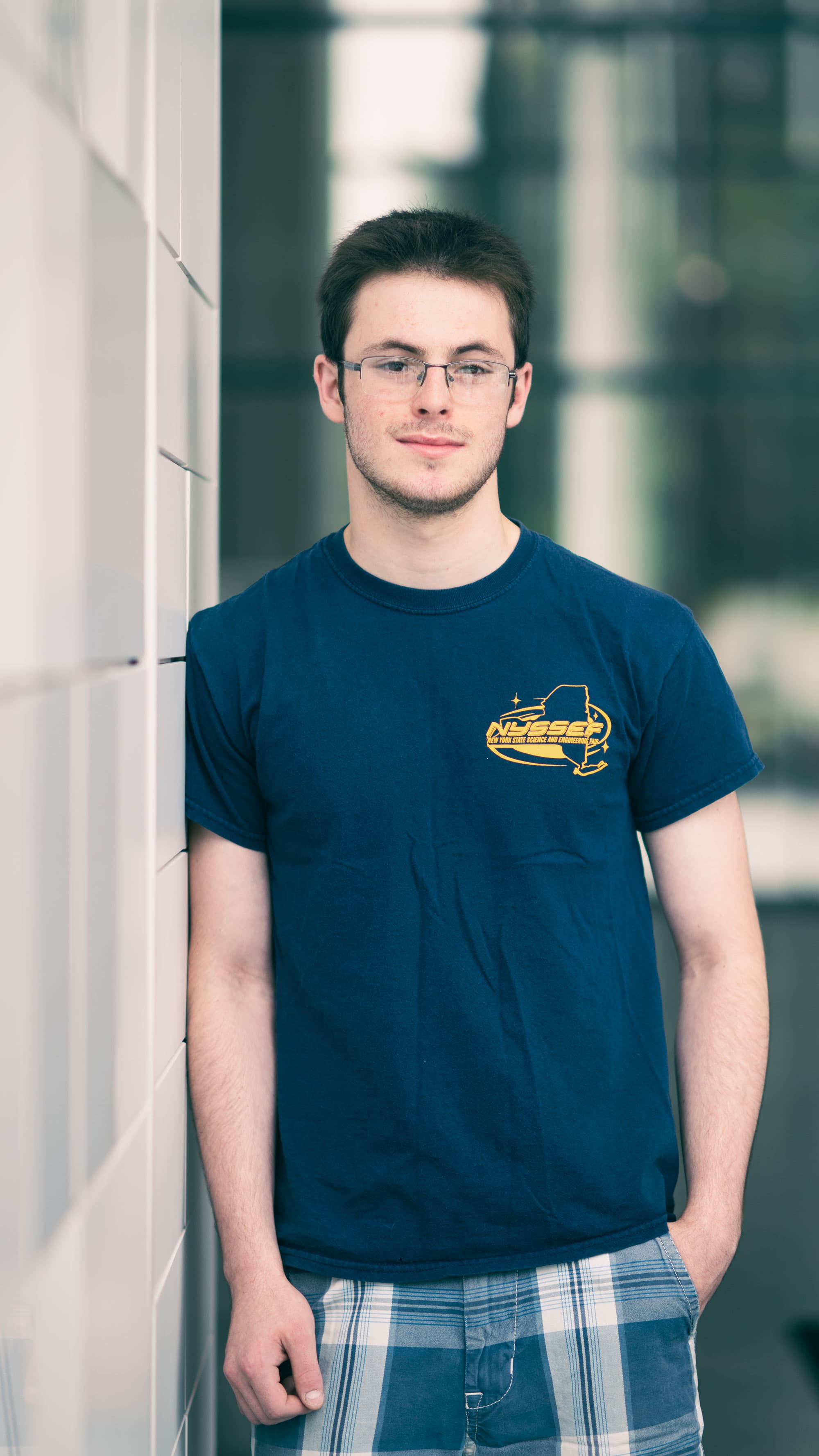
Ariel Slepyan
Summer project: I am developing a droplet-based microfluidic device to screen yeast cells for directed evolution.
Why did you want to participate in the summer program?
I had performed microfluidics research at Johns Hopkins and became really interested in microtechnology through my research and some of my classes. When I learned about the program I felt that it was a perfect fit for my interests.
What is your research interest?
Currently, it is microfluidics but I would love to branch off and learn more about different microtechnologies.
What is your dream job?
To be an astronaut who does research at the International Space Station.
Which technology would you have liked to invent yourself?
Paper-based microfluidics and their applications towards point-of-care diagnostics.
It such a simple yet elegant idea.
What is the best thing about Leuven?
The beautiful architecture, kind people, and tasty beer.
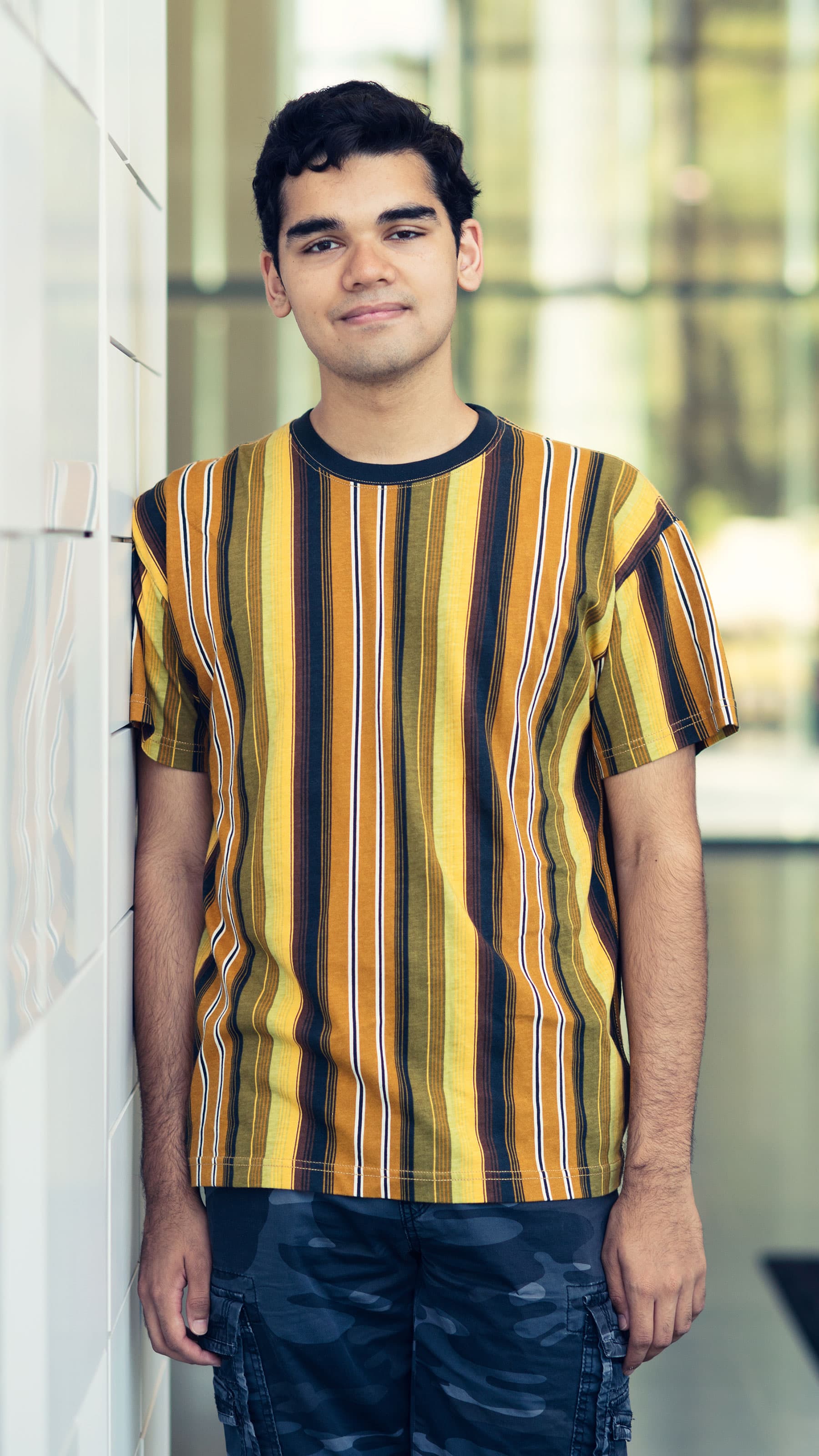
Ayon Mitra
Summer project: I am modelling flexible structures on the computer which can be used to study neurons.
What is your impression of imec?
Imec is a very innovative hub of research. In addition to the state-of-the-art equipment, this is also reflected in the culture. Even with the highly flexible work culture, the people at imec are highly dedicated to their roles and to performing high-quality work.
What do you consider to be the biggest achievement in your research domain?
I believe that the development of minimally invasive surgery devices, such as the Da Vinci system, is the biggest achievement. Although these are not strictly nanotechnology – my current research domain – they work towards the very similar goal of non-invasive procedures.
What is your dream job?
My dream job is to be a physician providing direct patient care, while also working with companies in industry to improve medical devices, drugs, and delivery mechanisms.
Which technology would you have liked to invent yourself?
I would have liked to invent artificial organs. Beyond their obvious versatility and the improvement in quality of life that they provide to thousands, I remain amazed by the simple fact that we are able to create devices that identically mimic the natural functions of very complex organs.
What is the best thing about Leuven?
I greatly enjoy being able to bike from my apartment and reaching virtually any destination in the city within twenty minutes.

Jaynie Criscione
Summer project: I am measuring the impedance of a bacterial biofilm using a microelectrode array to characterize and identify the spatial arrangement of the biofilm’s properties.
What is your impression of imec?
I really enjoy the environment and the work at imec. The overall culture is different from Johns Hopkins, but the research and the principles are the same. I appreciate the emphasis on teamwork, community, and integrity that promotes a healthy balance between work and life (that sometimes you might not find in the US). Also, the people in the Life Sciences department have surprised me with their kindness and their inclusivity that I would never have expected. I immediately felt at home here!
What is your dream job?
My dream job is to be an orthopaedic surgeon or an obstetrician-gynecologist. I want to set up a medical practice to directly help patients with cutting edge research, at the same time aiding progress in the field.
What do you consider to be the biggest achievement in your research domain?
Because the bioengineering field is constantly developing, there are countless innovations that make impacts on the field. For example, CRISPR is a well-known gene editing technique that is Nobel prize worthy work. Currently, organ-on-a-chip technologies and 3D-organ printing are the future of the biomedical field.
Which technology would you have liked to invent yourself?
I would have liked to invent Nylon-6,6 because it is an awesome synthetic polymer that is strong and versatile, yet simple to synthesize.
What is the best thing about Leuven?
The best thing about Leuven is Oude Markt because it provides a plaza for socializing while being central to the city and nightlife.
Want to know more?
- Read about the research and cultural experiences of current and past summer interns at imec at INBT’s IRES program student blog.
- The IRES Program (International Research Experience for Students) is a 10-week program, funded by the National Science Foundation, that immerses students in a global research community. More about INBT’s NSF-funded IRES program, here.
- To read the papers resulting from the collaboration between imec and INBT (the paper about the metastasis assay with the lens-free microscope (Konstantopoulos lab), and the results from the projects together with the Gracias and Searson lab), fill out this form.
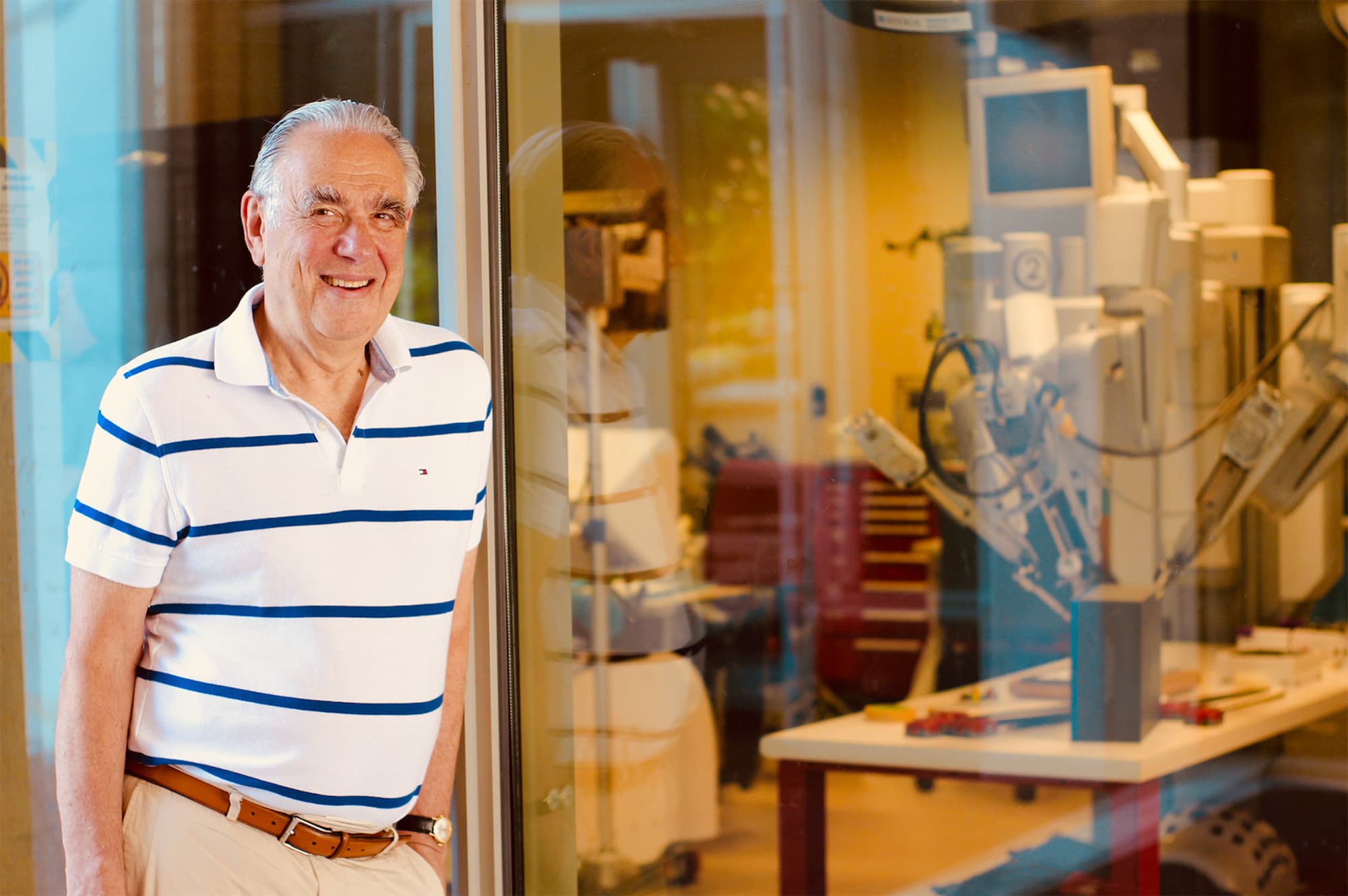
Tom Fekete has been with the INBT team since 2009 working with industrial partners to establish collaborative opportunities for students and the Institute. He manages INBT’s longstanding collaboration with imec as part of our NSF-sponsored International Research Experience for Students (IRES) program and the Masters Cooperative Education program. Before joining INBT, Tom had a long and distinguished career in the chemical and pharmaceutical industries with senior management positions in research, engineering, operations, project management, and strategic planning. His industry responsibilities took him to all regions of the US and across the world. Tom retired from INBT on June 30, 2018.
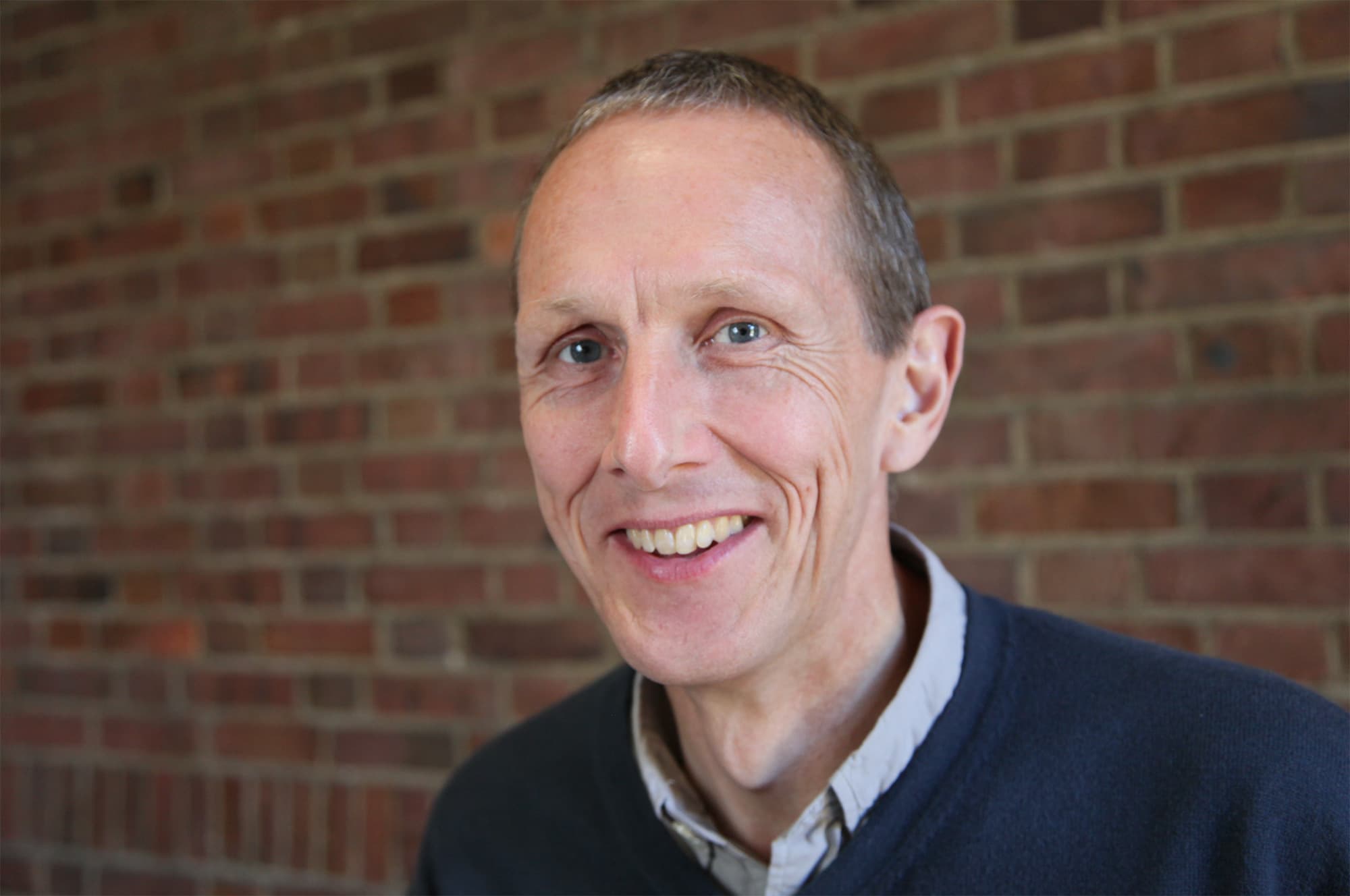
Peter Searson is the Joseph R. and Lynn C. Reynolds professor of materials science and engineering in the Whiting School of Engineering. He has secondary appointments in the Johns Hopkins Sidney Kimmel Comprehensive Cancer Center and the Department of Physics and Astronomy. He was co-founder and former co-director of INBT. His research interests are in biomaterials and tissue engineering and his current research efforts focus on the blood-brain barrier and the tumor microenvironment.

Liesbet Lagae is co-founder and currently program director of Life Science Technologies in imec. In this role, she oversees the emerging R&D, the public funded activities and early business creation. She holds a PhD degree from the KU Leuven, Belgium for her work on Magnetic Random Access Memories obtained under an IWT grant. As a young group leader, she has initiated the field of molecular and cellular biochips leveraging silicon technologies at imec, Belgium. The life science program has grown from emerging activities to a mature business line that provides smart silicon chip solutions to the life science industry. Applications include medical diagnostics, point-of-care solutions, DNA sequencing, cytometry, bioreactors, neuroprobes, implants. She holds a prestigious ERC consolidator grant for developing a platform on single cell analysis and sorting. She has (co-) authored 125 peer-reviewed papers in international journals and holds 15 patents in the field. She is also part-time professor in nanobiotechnology at KU Leuven/Physics department.
Published on:
28 June 2018



